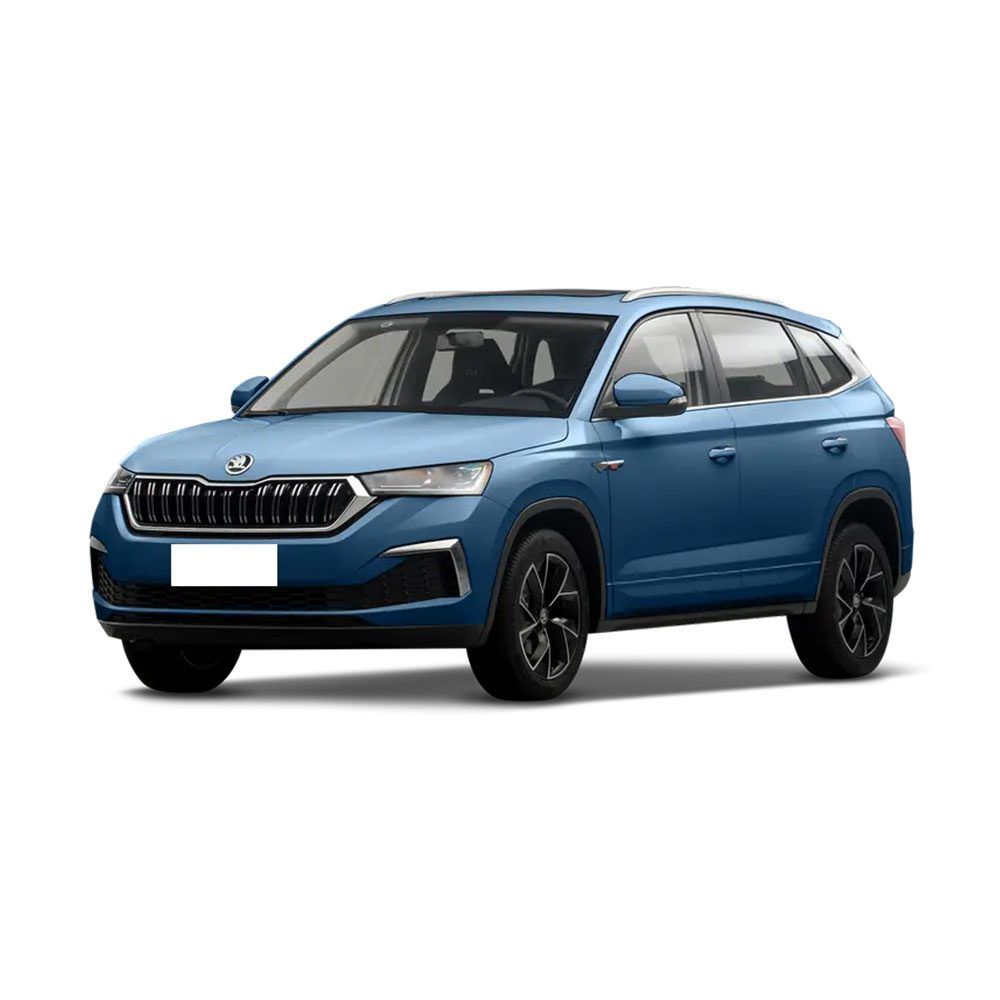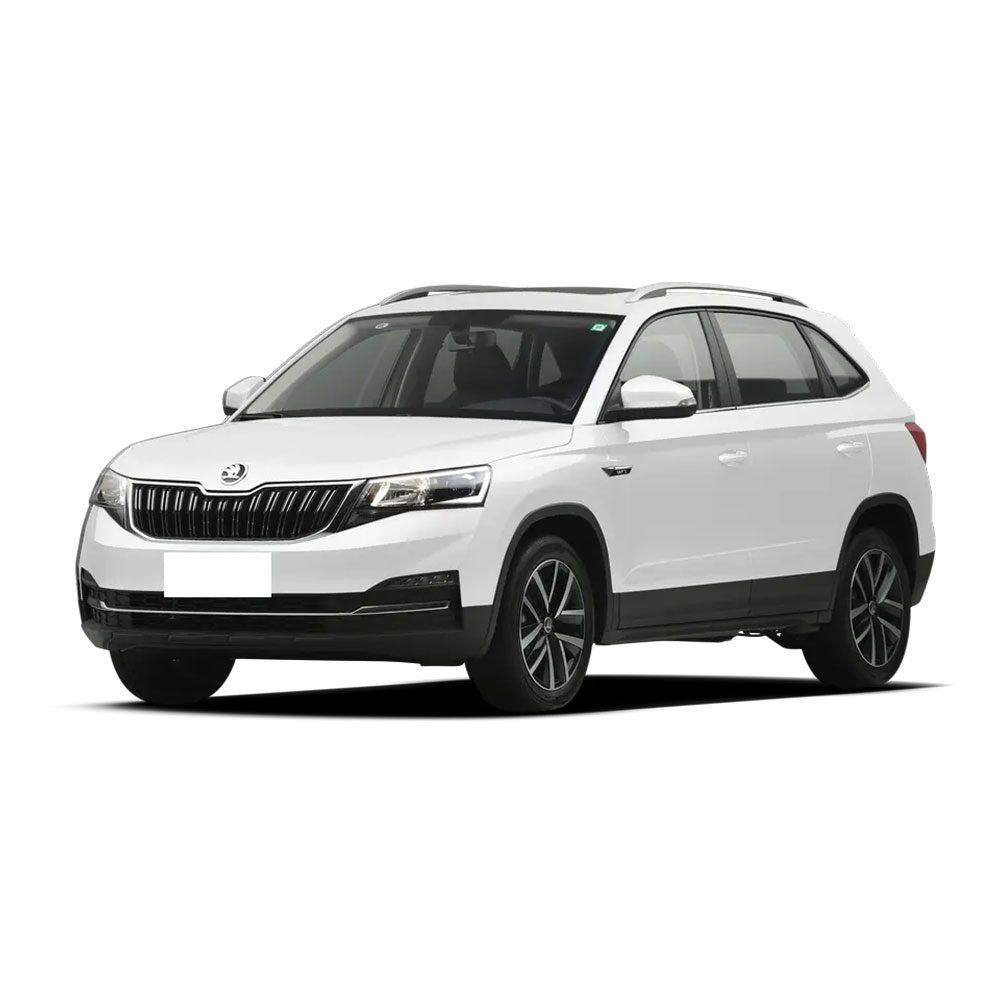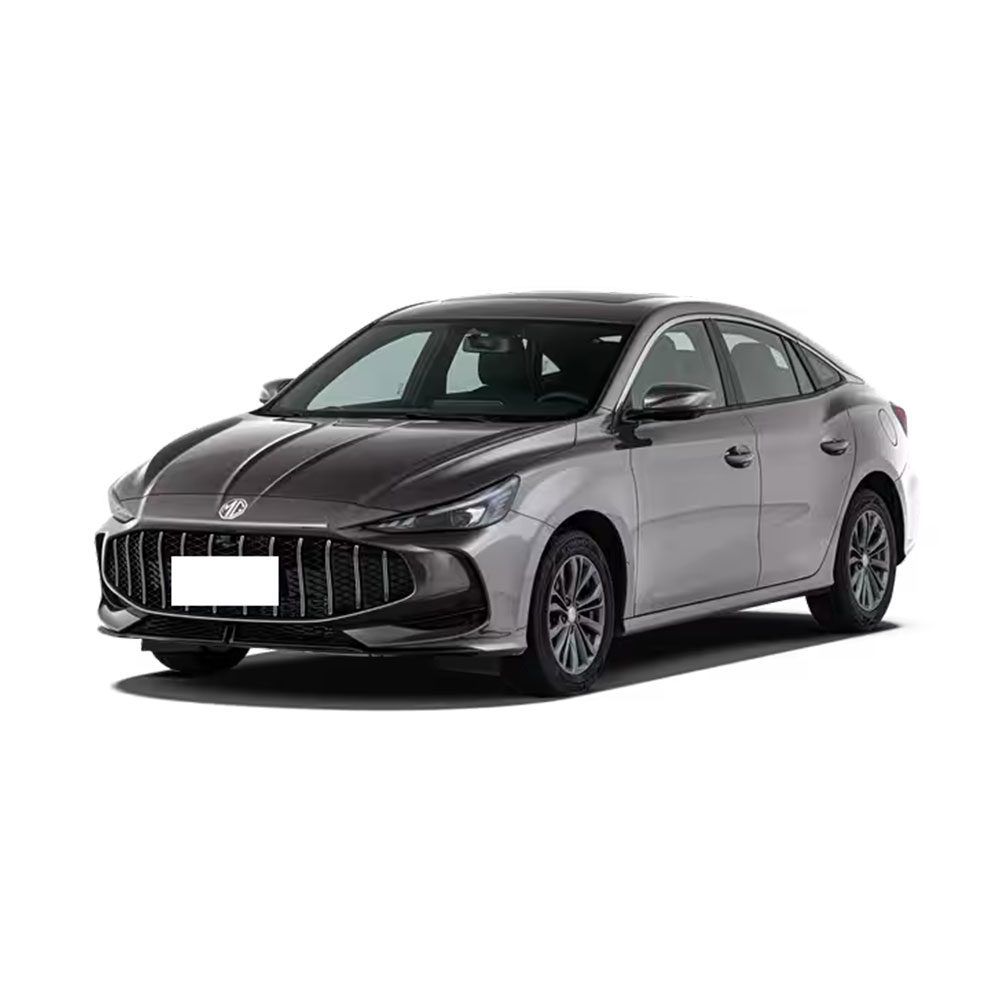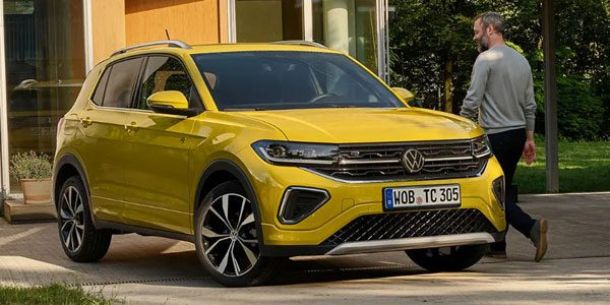How Long Does it Take to Charge an Electric Car?
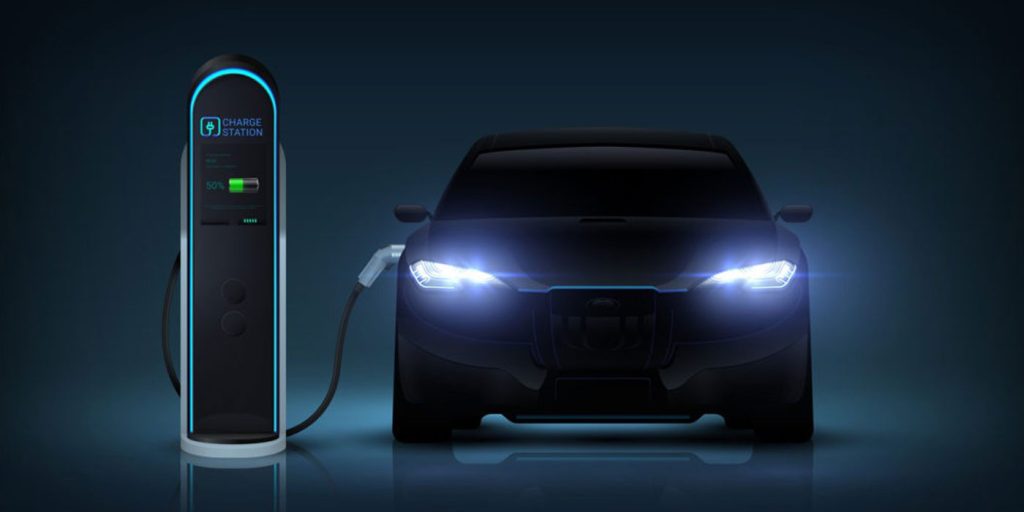
When considering the purchase of one of the best electric cars 2025, a core question naturally arises: how long does it really take to charge an electric car?
In fact, the answer is not fixed. Unlike the five minutes it takes to refuel a traditional gasoline car, the charging time for an electric vehicle depends on a variety of factors. However, understanding the basic principles is not complicated. This guide will clearly explain the different charging levels and provide you with realistic time expectations.
The Four Key Factors That Determine Charging Speed
First, let’s look at which factors affect your charging time. Essentially, four main elements are at play:
- Vehicle Battery Capacity: Measured in kilowatt-hours (kWh), this is your car’s “fuel tank capacity.” A larger battery offers a longer range, but it also takes more time to fill completely.
- Charging Station Power: This is the most critical factor. Charger power, measured in kilowatts (kW), is like the flow rate of a water pipe. A higher power rating means faster charging speed.
- Vehicle’s Maximum Acceptance Rate: Your car can only accept electricity at a specific maximum speed. For example, even if you connect to a powerful 350 kW charging station, if your car can only accept a maximum of 50 kW, the actual power will be limited to 50 kW.
- Battery State and Ambient Temperature: The charging speed is fastest when the battery level is low. Furthermore, when the state of charge approaches 80%, the system proactively reduces the charging speed to protect the battery. Similarly, extremely cold or hot weather can also reduce charging efficiency.
Three Main Electric Vehicle Charging Levels
We typically categorize charging into three levels. Each level has different uses and charging speeds.


Level 1 Slow Charging: A Convenient Emergency Option (120V)
- Power: 1-1.8 kW
- Common Scenarios: Standard household power outlets; this is where a portable electric car charger is typically used.
- Best For: Emergencies or plug-in hybrid vehicles with smaller batteries.
- Charging Time: Very slow. A typical electric car gains only 5-8 kilometers of range per hour. A full charge may take over 24 hours.
Level 2 Standard Fast Charging: The Daily Workhorse (240V)
- Power: 3-19 kW (most commonly 7-11 kW)
- Common Scenarios: Home charging stations, workplaces, and public destinations like malls and hotels.
- Best For: Overnight charging at home. This is the preferred solution for most EV owners.
- Charging Time: Much faster. You can expect 25-65 kilometers of range per hour. Therefore, most electric cars take only 4 to 10 hours to charge from empty to full—perfect for overnight charging.
DC Fast Charging: The Hero for Long Trips
- Power: 50 kW to 350 kW or even higher
- Common Scenarios: Highway rest stops and dedicated public charging stations.
- Best For: Long-distance travel and rapid replenishment in emergencies.
- Charging Time: Extremely rapid. These chargers can add 160-320 kilometers of range in just 20 to 30 minutes. Importantly, the charging speed is fastest when the battery level is between 10% and 80%.
Practical Charging Scenario Time Estimates
Let’s take a modern electric car with a battery capacity of approximately 60 kWh as an example for a practical estimate.
| Charging Method | Power Range | Typical Scenario | Estimated Time (20% to 80%) |
| Level 1 Slow Charge | 1.4 kW | Home (Emergency) | 20+ hours |
| Level 2 Fast Charge | 7 kW | Home, Office, Mall | 4-6 hours |
| DC Fast Charge | 50-150 kW | Highway Travel | 30-45 minutes |
| DC Ultra-Fast Charge | 250-350 kW | Highway Travel | 15-25 minutes |
As you can see, when you need a quick top-up on a long trip, you can be back on the road in the time it takes to drink a coffee and take a short break.
Smart Charging Tips for EV Owners
To maximize efficiency and protect battery health, follow these simple suggestions:
- Charge Smartly, Not Fully: For daily use, it is rarely necessary to charge to 100%. Instead, try to keep the battery level between 20% and 80%. This practice is more beneficial for battery longevity.
- Embrace Home Charging: Installing a Level 2 charging station at home is the ultimate convenience. You wake up every morning to a “full tank.”
- Plan Long Trips Around Chargers: Use apps like PlugShare or your vehicle’s built-in navigation system to find DC fast charging stations along your route. Integrate your rest breaks with these charging sessions.
